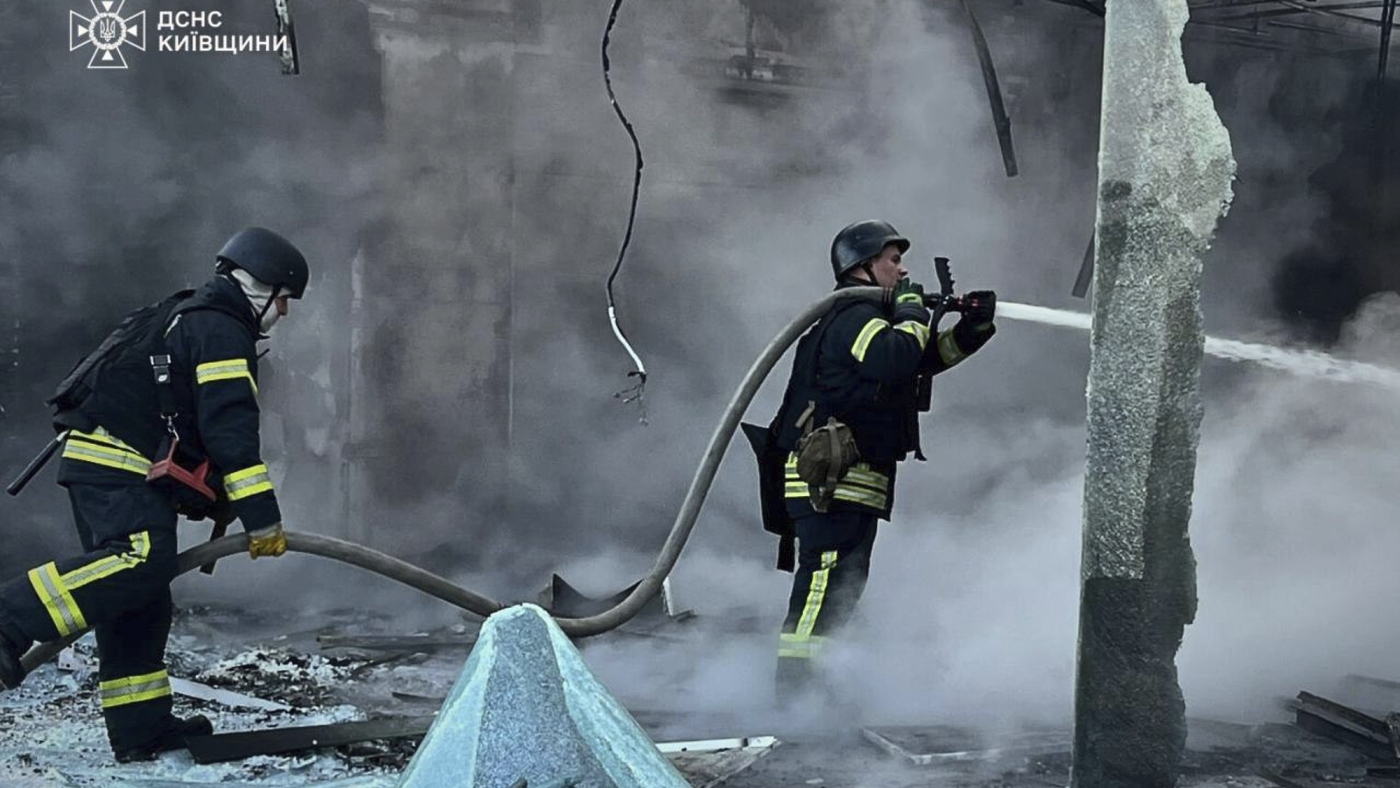Unpacking the Role of AI in Conflict and Diplomacy
Artificial Intelligence (AI) has become an increasingly influential force worldwide, reshaping spheres ranging from daily life to global geopolitics. In the context of the Ukraine-Russia conflict and the ensuing diplomatic efforts, AI’s presence—both direct and indirect—casts a significant shadow that warrants deeper exploration.
AI in Modern Warfare: Drones and Beyond
The recent extensive drone attack on Ukraine, involving approximately 273 unmanned aerial vehicles, hints at deeper layers of technological sophistication that likely integrate AI capabilities. AI enhances the precision, coordination, and autonomy of drones, allowing for complex, large-scale strikes that surpass sheer numbers. Autonomous navigation, target recognition, and real-time data processing empower these systems to operate effectively in contested airspace, posing new challenges for defense.
This technological evolution transforms drones from simple remote-controlled tools into semi-autonomous agents capable of adapting to dynamic environments. For Ukraine, defending against such AI-augmented threats demands advanced countermeasures, such as AI-driven detection and interception systems, further escalating the technology race within the conflict.
Diplomatic Strategy in the Age of AI: Facilitating Information and Analysis
Diplomatic actors engaged in the conflict, including President Zelenskyy, U.S. Vice President JD Vance, and other global leaders, now operate within a landscape where AI-driven data analytics and intelligence inform decision-making. AI tools play a crucial role in synthesizing vast amounts of information—ranging from battlefield reports to geopolitical trends—enabling sharper, real-time insights that can influence negotiation strategies.
Beyond raw data crunching, AI can simulate potential outcomes of ceasefires or peace agreements, providing policymakers with scenario analyses crucial for delicate diplomatic maneuvers. In this way, AI acts as a behind-the-scenes advisor, helping to balance the intense pressures of military escalation with the urgent need for peace.
The Vatican’s Mediation and AI’s Ethical Dimensions
The Vatican’s potential mediation, under the leadership of Pope Leo, carries an implicit call for moral and ethical reflection amid the conflict’s complexities. AI, while a powerful tool, raises pertinent ethical questions in warfare—autonomy in lethal systems, transparency in decision-making, and accountability for AI-driven actions.
This moral dimension aligns with the Vatican’s advocacy for responsible technology governance. Should the Vatican engage more actively in peace brokering, it could champion frameworks ensuring AI’s deployment in conflict respects human dignity and international law, adding a crucial voice to a largely technical debate.
Geopolitical Dynamics and AI’s Strategic Impact
The involvement of varied international actors, including former U.S. President Donald Trump’s reported outreach efforts, reflects a geopolitical chessboard increasingly influenced by AI capabilities. Control and mastery over AI technologies confer strategic advantages that ripple across military, economic, and diplomatic domains.
AI-driven cyber operations, information warfare, and surveillance capabilities influence how nations negotiate, coerce, or collaborate. Recognizing this intertwining of AI and geopolitics is essential for understanding the stakes and shaping policies that might either escalate or mitigate conflicts like that in Ukraine.
The Human Toll and AI’s Role in Humanitarian Responses
While AI’s military and diplomatic applications dominate headlines, its role in addressing the human cost of conflict deserves attention. AI-powered humanitarian tools can optimize resource distribution, anticipate displacement patterns, and coordinate relief efforts more effectively than traditional methods.
In Ukraine, where civilian casualties and infrastructure damage mount, deploying AI in humanitarian logistics could alleviate suffering and preserve lives, illustrating technology’s potential for good even within grim circumstances.
Conclusion: AI as a Double-Edged Sword Amid Escalation and Hope
Artificial Intelligence stands at the crossroads of destruction and diplomacy in the Ukraine conflict. It empowers unprecedented military capabilities that escalate violence but also offers strategic insights that could facilitate peace. The involvement of diverse actors—from government officials to the Vatican—highlights a world grappling with AI’s complex role.
Navigating this duality demands vigilant ethical reflection, innovative application of AI for conflict resolution, and international cooperation to harness technology as a force for stability rather than chaos. The road ahead is uncertain, but integrating AI thoughtfully into the peace process could redefine possibilities for ending hostilities and rebuilding trust.
—
Discover how AI can transform your English articles with precision editing and engaging clarity—boost your writing today!











